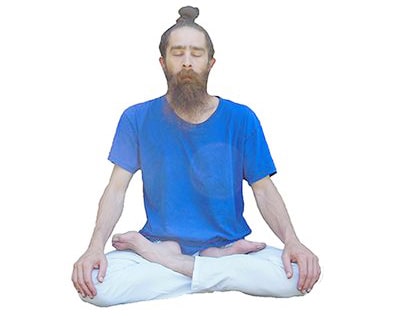
Ujjayi Pranayama

In Sanskrit, the prefix Ud means "upwards" or "superiority" and is given to nouns and verbs, Jaya means "conquest," "victory" or "success" and Pranayama means "control of the life force energy" or "breathing exercises." This practice is a Sama Vritti Pranayama practice, meaning "equal ratio breathing" where the inhale and exhale are the same ratio. This practice is described in the Gheranda Samhita as well as the Hatha Yoga Pradipika.
This practice is also referred to as the victorious breath, psychic breath as well as the ocean breath because of the similar sounds of this breathing and the sound that the waves make as the come ashore.
Practice - Variation 1
Sit in a Meditative Asana or a comfortable seated position.
Constrict the glottis muscle located in the back of the throat during the inhale and exhale.
Practice - Variation 2
The six cleansing actions are intended to be the start of a Yoga practice in order to clean, strengthen, remove toxins and improve the flow of Prana through out the practitioner.
Yoga poses help to elongate and strengthen the muscles of the body as well as to calm the mind for the deeper spiritual practices of Yoga.
Breathing exercises are a great practice to remove carbon dioxide, increase lung capacity as well as being a good preparatory practice for the deepest spiritual practice of Yoga, Meditation.
The four body locks that makes up this practice give the practitioner the ability to hold or lock Prana in certain locations of the body. These practices also allow the practitioner to release blockages that may be holding the practitioner back.
The gestures in this practice include the whole body and are intended to awaken Prana, Chakras as well as Kundalini energy within the practitioner.
Meditation is the highest spiritual practice of Yoga which is why this practice is the most difficult practice to preform, but with correct knowledge and dedication, can be the most profound practice of Yoga.